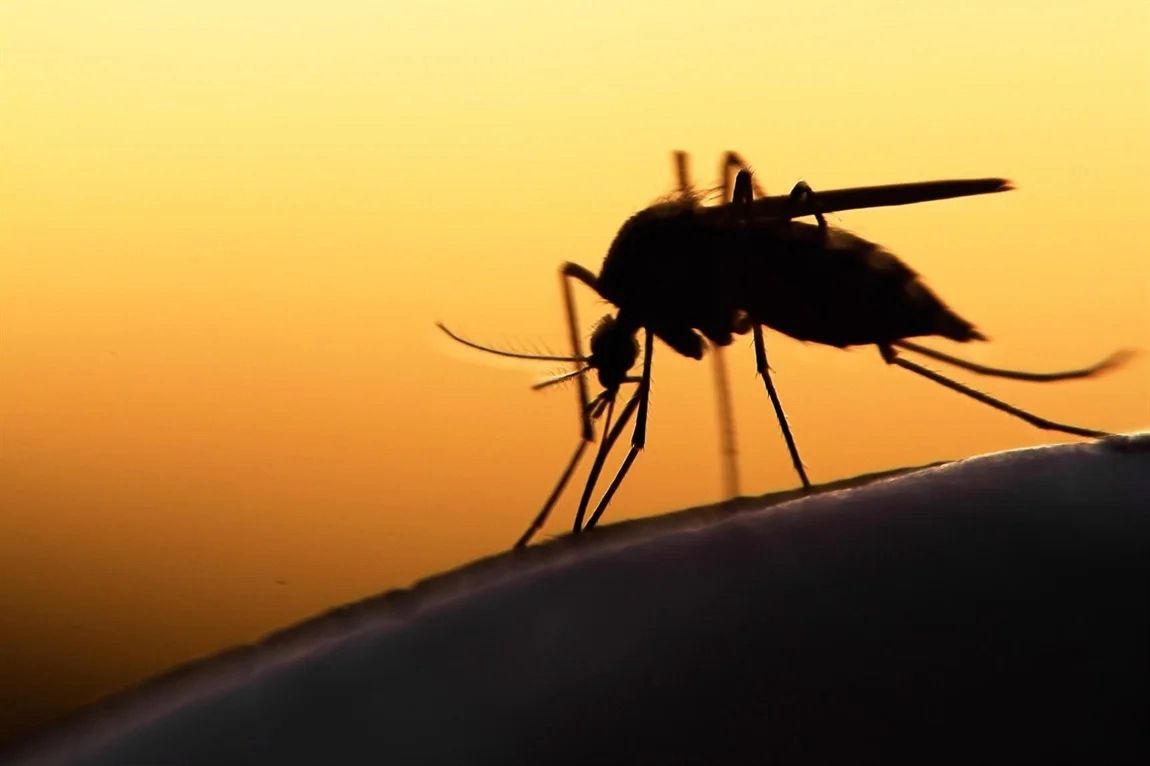Medicago sativa, commonly known as lucerne, is a fodder crop grown worldwide for its high-quality protein and fibre content, making it a preferred choice for livestock feeding, including cattle, goats, sheep, and pigs.
Lucerne can be grown either as an intensive high-production crop under irrigation or as a dryland fodder crop in areas with an annual rainfall of less than 500mm.
Lucerne is well-adopted to a wide range of climatic conditions, but it requires specific soil conditions, particularly in terms of acidity and drainage, which farmers should take note of.
To grow lucerne, a farmer needs to loosen the soil with a digging fork to a depth of 25cm to 30cm, or utilise a disc plough to loosen the soil to a depth of 30cm to 45cm.
The soil must be well drained, with a pH level of about 6 to 7.
The farmer should sow the lucerne seeds at a depth of 0,5cm to 1cm, spacing them out at 15cm between rows and 5cm within each row.
For a one-hectare plot, it is recommended to use between 12kg to 18kg of seeds.
Farmers are to plant semi-dormant varieties that are more suitable for grazing, and have a longer lifespan of five to seven years in the field.
When lucerne is grown in well-fertilized soil that is rich in nitrogen and has a neutral soil pH, it grows its foliage (leaf zone) vigorously, ensuring that more grazable material is available for hay production.
Farmers should keep in mind that the optimal time for planting lucerne is usually between February and May.
By July, the crop is ready to be harvested either with a mower mounted onto a tractor, or by using a slasher to reduce it to a length of 10cm.
After harvesting, it is dried for about four days before it is racked and baled.
Care must be applied after cutting and baling to ensure that regrowth is rapid.
Applying nitrogen fertilisers, such as urea in the irrigation set-up is essential, and if the cutting frequency is about every 42 days, it may result in farmers cutting and baling lucerne about eight times per year.
Weeds can be controlled selectively by using ecofriendly pesticides that retard the growth of grasses, and with lucerne being tolerant to frost and dry spells, farmers can control weeds by using glyphosate SC sprayed over the field of production.
Lucerne production is a profitable enterprise for livestock-oriented farming nations.
In particular, supplying lucerne during the dry season (May to November) of the year could generate income for farmers.
With a small-scale plot of about 0,5 hectares (5 000m2), farmers could support a small number of cattle or sheep by fulfilling their daily 3% needs during tough times, such as drought.
Furthermore, lucerne is a legume which can convert atmospheric nitrogen into a usable form for other crops to use after its lifespan.
In conclusion, lucerne is an essential crop for livestock farmers.
Anyone with a small piece of land could grow this beneficial crop to provide essential crude protein and fibre to their livestock, especially during periods when all forage material on the rangeland is dry.
- Hanks Saisai is Agribank’s technical adviser for crops and poultry.
Stay informed with The Namibian – your source for credible journalism. Get in-depth reporting and opinions for
only N$85 a month. Invest in journalism, invest in democracy –
Subscribe Now!










